Article Post
21 Feb 2023
Teaching KS1 about the Human Body
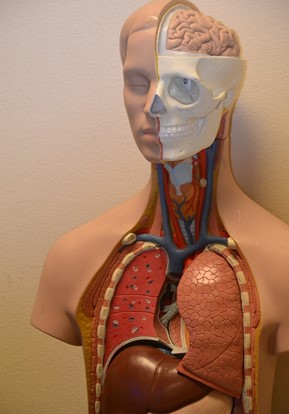
Teaching naturally curious children about the wonders of nature is one of the most rewarding parts of teaching. High-quality science education provides learners with knowledge, methods, skills and processes.
From a young age, children can be encouraged to make observations, ask questions and predict how things will behave. We can provide them with relevant vocabulary and help them to grow their understanding of key concepts.
This article looks at the science topic of the human body. What do children need to know in KS1 and what are some great ways to teach this topic?
National curriculum science for KS1
In key stage 1 (KS1), children are taught what it means to ‘work scientifically’ and the basic features of scientific enquiry. They experience using simple equipment and perform simple tests. They learn to record their findings and use these to answer questions.
Animals including humans Year 1
The Year 1 programme of study contains one statutory requirement relating to the human body. Pupils should be taught to identify, name, draw and label the basic parts of the human body and say which part of the body is associated with each sense.
Animals including humans Year 2
In Year 2, the statutory requirements relating to the human body are:
- Notice that animals, including humans, have offspring which grow into adults.
- Find out about and describe the basic needs of animals, including humans, for survival (water, food and air).
- Describe the importance for humans of exercise, eating the right amounts of different types of food, and hygiene.
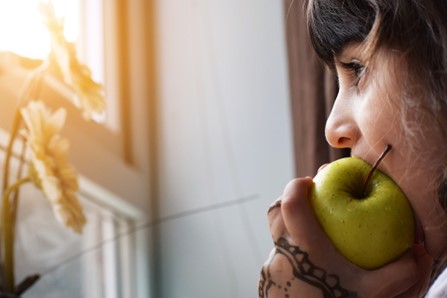
Why children need to know about their bodies
For their health and safety, it’s essential that all children learn about their bodies.
- Giving children key vocabulary relating to their bodies means they can talk about any injuries or illnesses they might have.
- From a child protection perspective, in cases of abuse, it is vital that children can describe what has happened or is happening to them, using the appropriate, accurate language.
- Teaching children about how to look after our bodies through diet, exercise, rest and hygiene means children are able to make decisions to be healthy.
- Speaking openly about bodies when children are young children helps them feel more relaxed about the topic as they grow up. This means they are more likely to ask questions or seek advice, as and when they need to.
- Body image and body confidence starts at a young age. Children can be taught about similarities and differences. They can learn to understand and respect differences in appearance and the ways our bodies work, including disabilities. Celebrating these differences and marvelling at what bodies can do is a great way to build body confidence.
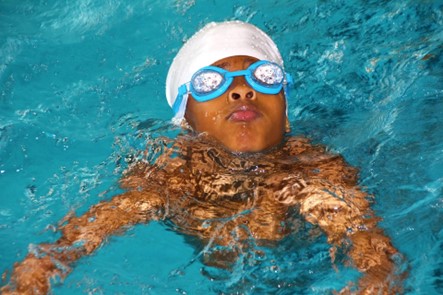
Health education and the human body
Primary health education is now statutory for all pupils and is taught through PSHE lessons in most schools. Objectives are set to be covered by the end of primary education.
The aim of teaching pupils about physical health and mental wellbeing is to give them the information they need to make good decisions about their own health and wellbeing.
Schools can decide what they teach in each year group in order to cover the objectives by the end of KS2. In KS1, pupils are likely to learn about:
- the range of emotions humans experience
- basic self-care techniques
- the importance of daily exercise, good nutrition and sufficient sleep
- the benefits of spending time outdoors, spending time with others, and having hobbies and interests
- basic information about the benefits to limiting time spent online
- basic information relating to illness, prevention and hygiene
- basic first aid and those who help us
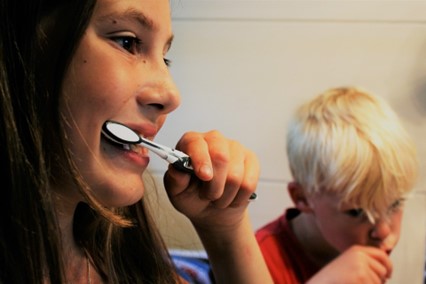
Great activities and resources to use to learn about the human body
Get moving
Young children love hands-on learning. Help them learn all about the amazing things their bodies can do by getting moving. They can experience increased heart rates after exercise and learn about different muscles as they do some warm-up or cool-down stretches.
Games and songs
A game of Simon Says will help young children learn the names for various body parts. Other games, songs and rhymes will always be popular with KS1 children, and there is lots of evidence to show the impact of learning and remembering using music.
Classroom displays
A large interactive display can also help children identify and name body parts, as they place the labels on the right areas of the body outline. Pupils can discover the wonder and complexity of the human body with the DK giant, colourful human body poster.
Models
A skeleton or other 3D models that show the inside of the human body are excellent resources for all children, but especially highly visual learners.
Children could even use playdough or modelling clay to make their own models of body parts.
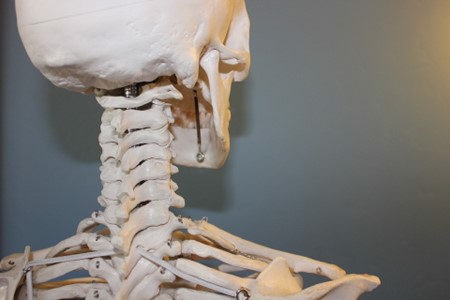
Arts and crafts
Children could make pasta skeleton pictures or their own stethoscopes. They’ll just need a cardboard tube and two plastic funnels, one at each end, taped on.
Brilliant books
Wow children with weird and wonderful facts about the human body. The DKfindout! Human Body book contains incredible photos and illustrations, fun facts and quizzes.
